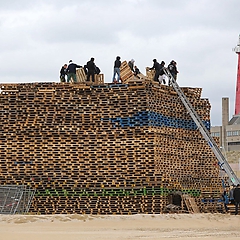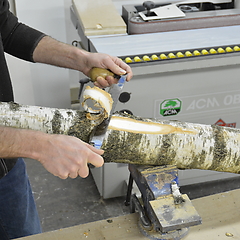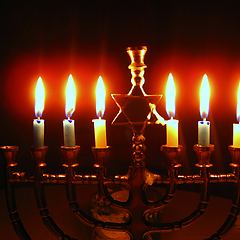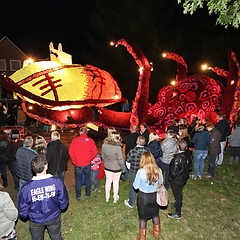The Fruit Parade is a parade-on-wheels with floats that are decorated with all kinds of fruits, seeds and vegetables. The floats are built in various villages and towns in the region. In winter the float builders choose a design, after which the welding team constructs the frame of the float. This is covered with gauze, papier mâché or polystyrene. Designers colour the shapes and then the sticking can begin. The seeds are applied first and during the last week before the parade the fresh products: leeks, pears, oranges and garlic bulbs – all kinds of fruits and vegetables may be used. On the second Saturday of September the Fruit Parade moves through the streets of Tiel. A jury determines which float is the most beautiful and there is also a public award. Three categories participate: large floats, youth floats and floats in the open class. Since 2001 there has been a Children’s Parade.



